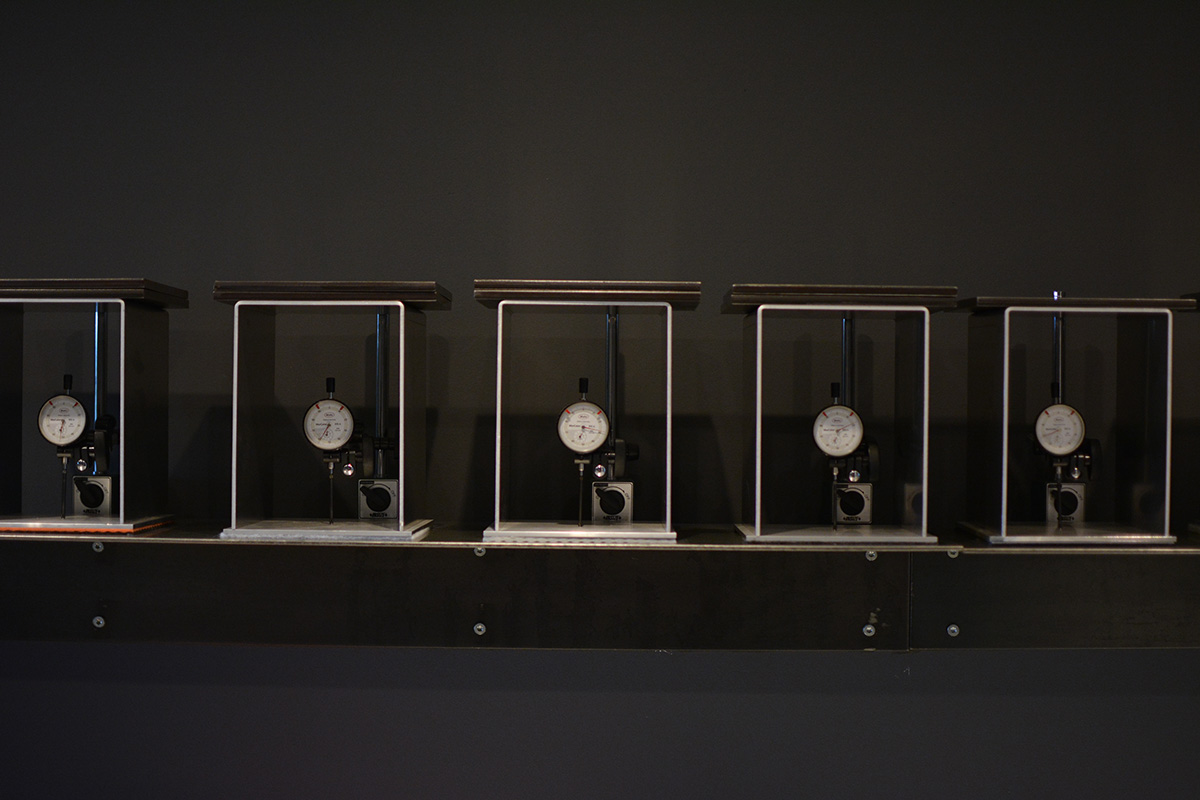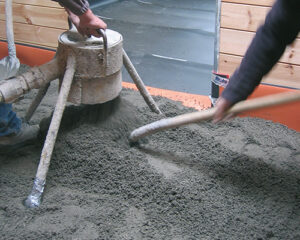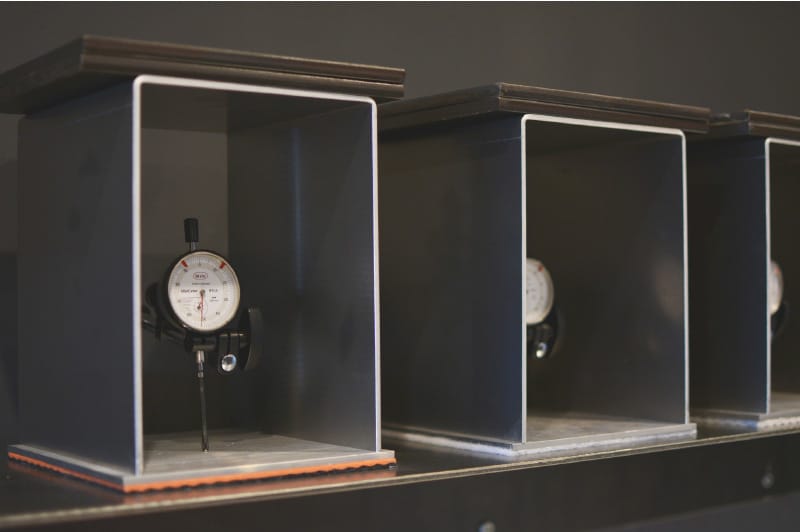Acoustic underlays for screeds: what performance to expect over time?

The qualitative difference between underlays for screeds is often reduced to a comparison of their respective Delta Lw. But what happens to this parameter after the underlay has been exposed to the load of the screed for several decades?
Obtaining a satisfying Delta Lw is not enough to achieve the best results
 When comparing the characteristics of different underlays, it isn’t enough to look only after the best Delta Lw. A hardly known fact is that not all underlays have been tested using the same flooring configuration, which explains why some less performing underlays can sometimes display a better Delta Lw.
When comparing the characteristics of different underlays, it isn’t enough to look only after the best Delta Lw. A hardly known fact is that not all underlays have been tested using the same flooring configuration, which explains why some less performing underlays can sometimes display a better Delta Lw.
On the other hand, the acoustic measurements which are used to determine the Delta Lw are carried out a few weeks after the screed has been laid onto the underlay. It is essential that the results which are obtained at that time are maintained in the very long term!
Watch out for thickness loss
To ensure that the underlay’s performance remains consistent over time, it is mandatory that it has, among other things, an excellent compressive strength. An excessive creep, i.e. a thickness loss of more than 15% of the underlay’s total thickness, will irrevocably produce a loss in acoustic insulation, which in return will have a dramatic impact on the inhabitants’ comfort. It can also mean that the building isn’t in accordance with the acoustic norms anymore and lead to aesthetic nuisances such as a widening gap between the floor covering and the skirting board…
Quality is the key to longevity
A good acoustic underlay is strong against compression and offers good acoustic results at the same time. This balance can only be achieved by using quality materials with sufficient density as well as physical and mechanical properties that do not deteriorate over time.
The company insulco carries out test campaigns in order to monitor the creep over several years of more than thirty samples of insulit underlays, as well as samples from other underlays available on the Belgian market.
The results are irrefutable for insulit products, which offer excellent creep behaviour, whereas some competing products can experience a thickness loss of more than 50% in less than a year!

